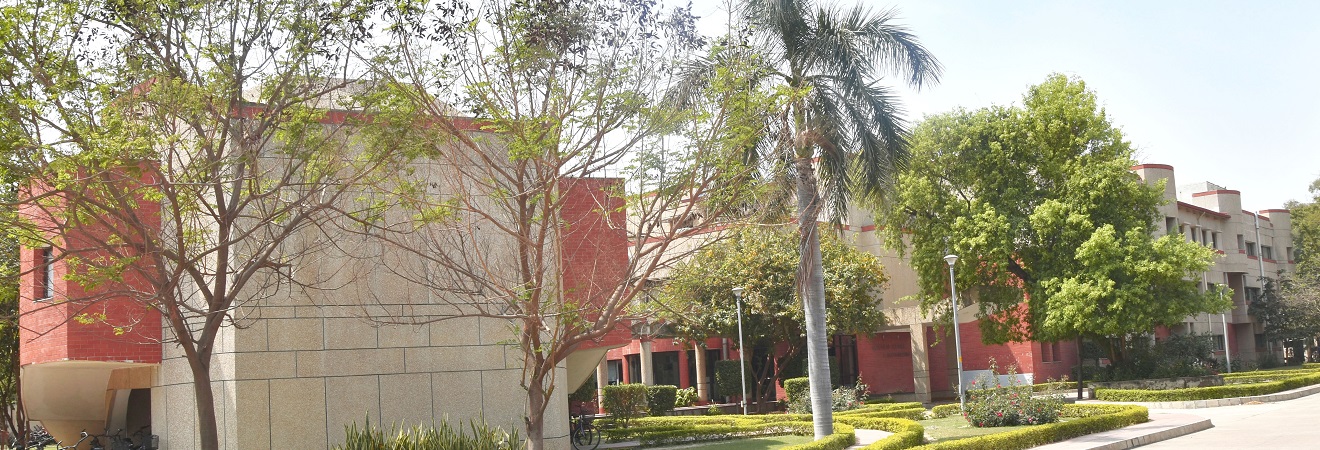 Dibyendu Kumar Das, Associate Professor
Dibyendu Kumar Das, Associate Professor
Wellcome Trust/DBT Intermediate Fellow
This email address is being protected from spambots. You need JavaScript enabled to view it.
(91) 512-259-4064
Link to lab webpage
Dr. Dibyendu Kumar Das obtained his M.Sc in chemistry from Indian Institute of Technology Roorkee in 2007, and received his Ph.D in physical chemistry from Indian Association for the Cultivation of Science, Kolkata in 2012. As an experimentalist, he developed interest in biology while studying ultrafast processes in nanosized-confined biological system and diffusion and folding dynamics of biomacromolecules.
Dr. Das made a “transition” to biophysics as a postdoctoral fellow at Vanderbilt University, Nashville, USA in 2013, and worked on understanding the mechanical basis of T cell receptor triggering, using high resolution single molecule optical trapping. In 2017, Dr. Das moved to Tufts University School of Medicine, Boston, USA where he studied virology using single molecule imaging techniques. At Tufts University, Dr. Das studied entry mechanism of enveloped viruses such as Influenza and Ebola virus. Dr. Das joined the faculty of BSBE to start his own laboratory in January 2019.
Viruses are nature’s simplest replication machines with only a handful of genes. The structural protein machines in viruses undergo dynamic rearrangement during various stages of their life cycle including host cell entry, genome release, replication and transcription of viral genome, assembly and budding process in host cell. We are interested in understanding the dynamic intricacies of these processes at the molecular level.
Our research goal is three-fold; First, to elucidate a molecular level understanding of membrane fusion mechanism used by enveloped virus for entry into a target cell, Second, to visualize the dynamics of the viral replication machinery during replication of the viral genome, and Third, to understand the mechanism of antibody mediated viral envelop protein neutralization, which in turn will provide an insight into its antigenicity and immunogenicity, to eventually be able to design structural dynamics based vaccine immunogens.
To address these outstanding questions our approach is highly-interdisciplinary, we use state of art biophysical techniques such as single molecule fluorescence resonance energy transfer (sm-FRET) imaging, high-resolution optical tweezers to detect such processes at single molecule or cell level, molecular biology, virology, immunology, kinetic modeling and simulations.

